
Panot de Barcelona 01 – LASER CUTTING
Flor de Barcelona – a symbol of Barcelona and the evidence that the city is eclectic, creative and full of surprises
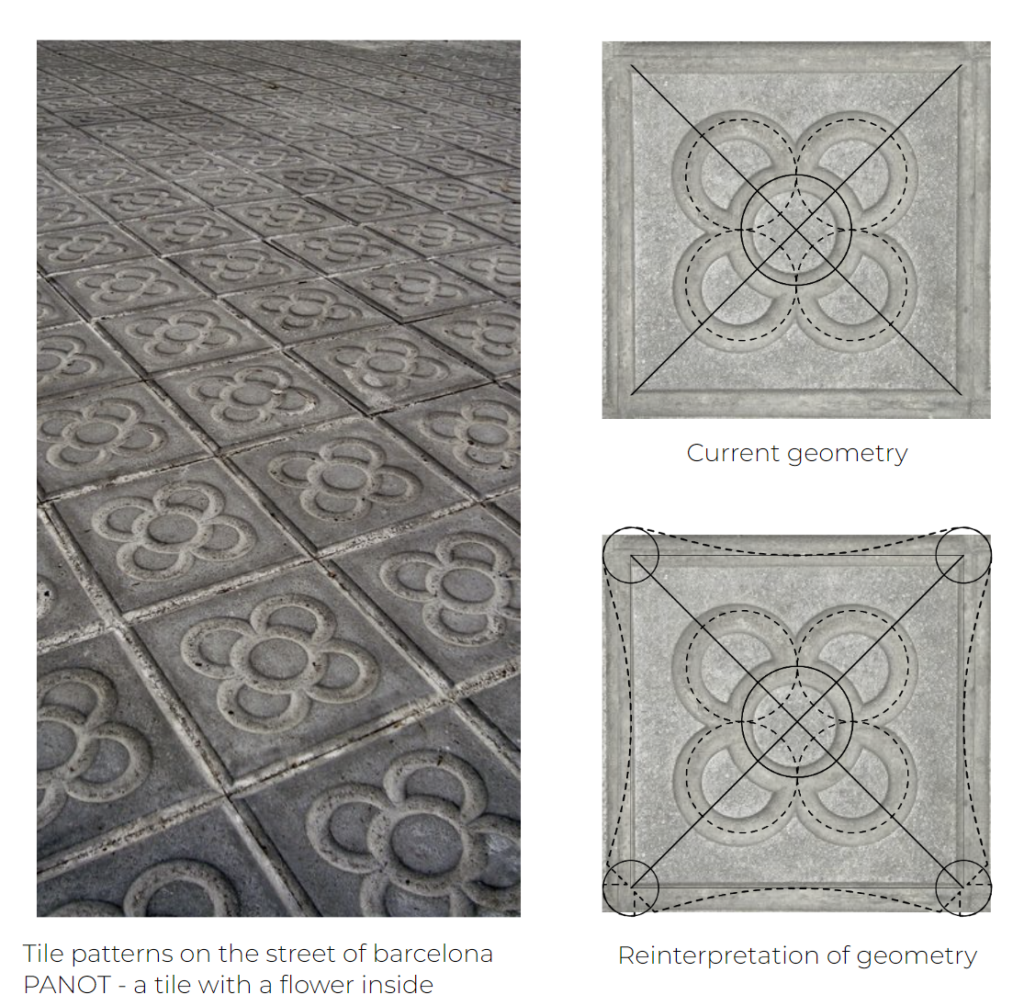

FIRST PROTOTYPE :
Beginning of “Trial and error”. With this particular form, the petals were unable to rise. The flower’s body/frame was too delicate and unstable. Using the first marking lines to indicate the placement of the bending parts for a smooth interlocking.
PROTOTYPING THE CIRLCES:
Started with three different sizes and a variety of interlocking sizes (2,5mm, 3mm, 3,5mm, 4mm), to see which fits best.
Trying different ways of marking the petals with grids and patterns to create a curved surface . The needed final outcome was for the surface to bend and interlock with the circles on top of them. Turning the 2D to 3D.
Finally, prototyping the interlocking method with one linear cut and it’s negative, one part entering the other.
PROTOTYPING THE INTERLOCKING:

PROTOTYPING PROCESS
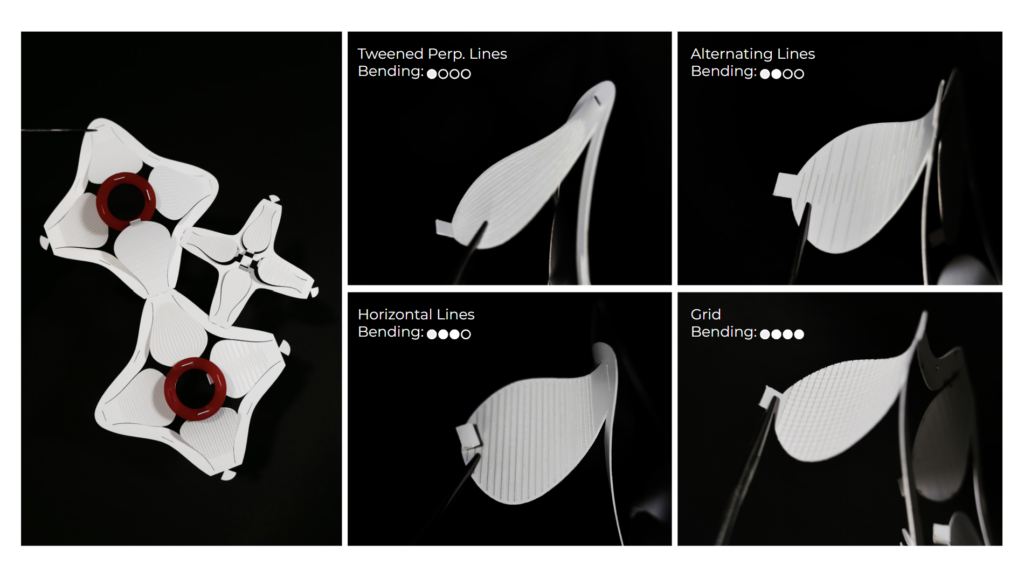
TECHNICAL DRAWINGS
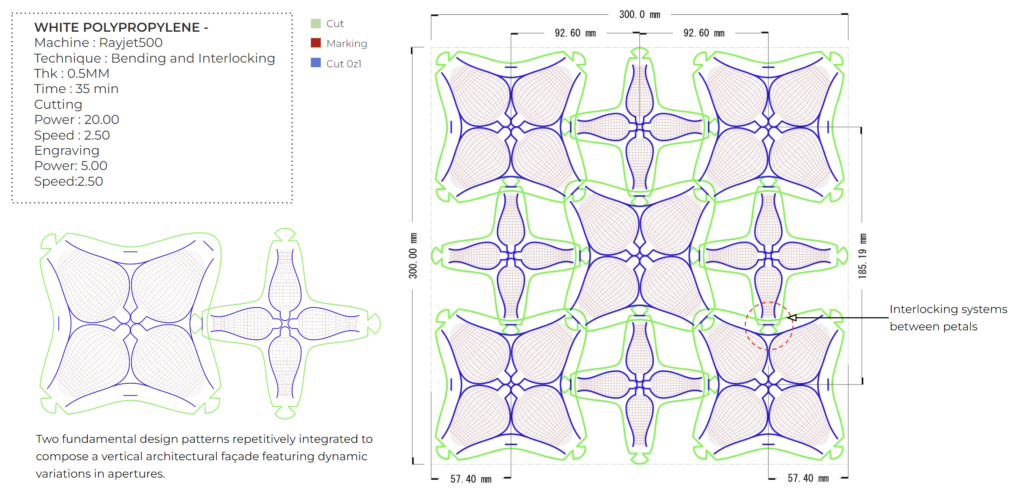

3D MODELS
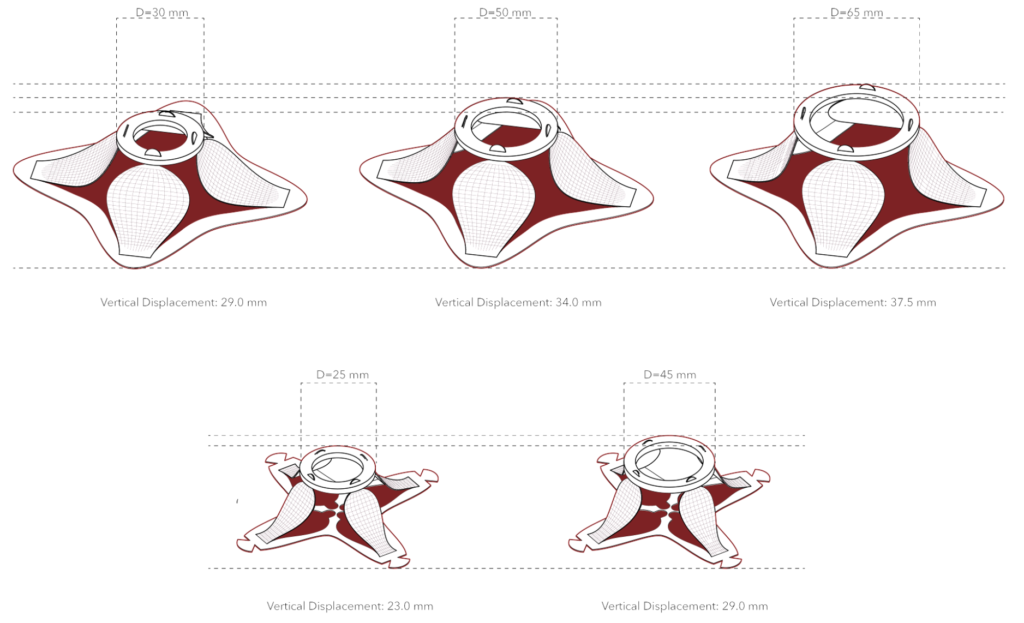
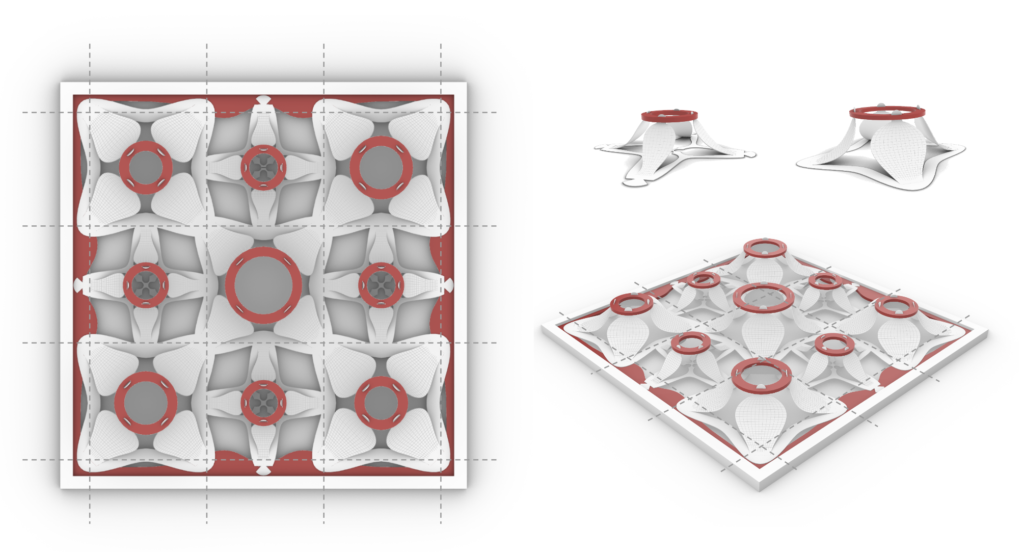
FINAL PRODUCTION
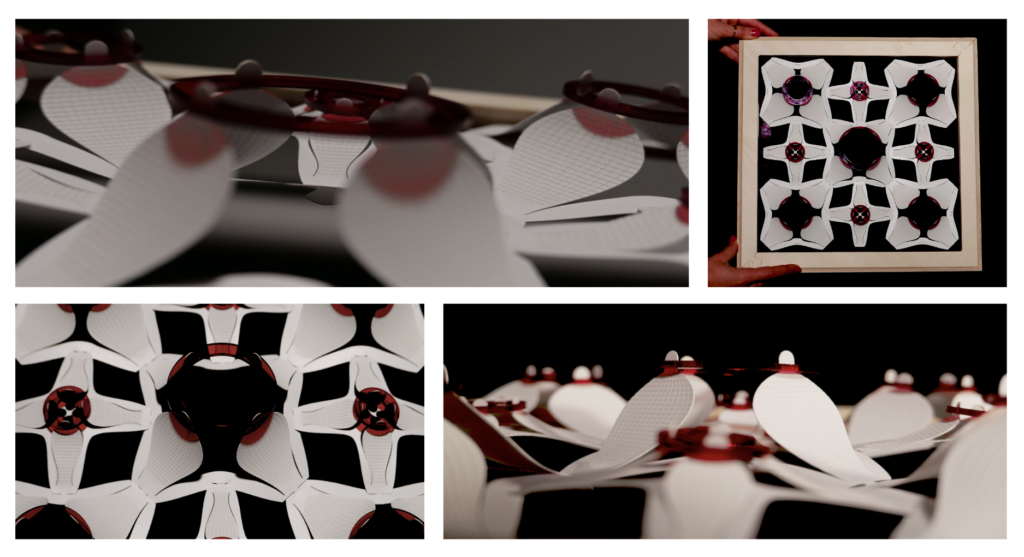
RENDER

Panot de Barcelona 02– 3D PRINTING
For our 3D printing design approach we started looking at bone joints, to better understand an interlocking technique that would welcome movement and flexibility. We continued to follow the same guidelines of the Panot de Barcelona – choosing a different type of tile as inspiration for our design. Our reinterpretation of the Panot was mainly based on redesigning a 4 petal flower that would welcome its stems element with the use of press-fit joints technique. We tested different shapes for our joints to achieve our goals The joints needed to be flexible to allow 3d assemblage. As well as clean and accurate so we took off the support from the hollow parts. Our final joints were a variation of 2 to 4 petals with a minimal thickness to reduce the printing time and waste of material. We used a different color for each joint type. Like a “lego” game they can be assembled into a diversity of shapes in all 3 axes. Or simply creating a vertical facade that reflects the logic of the tiles in the street.

PROTOTYPE PRINT 01 – JOINERY TRIALS
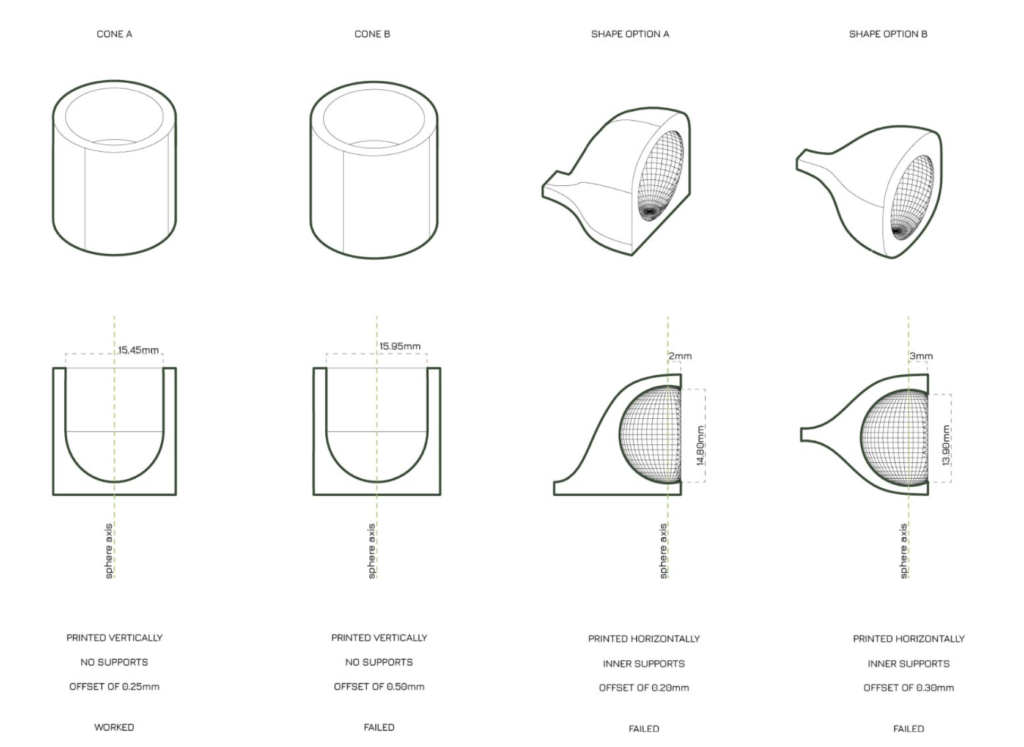
PROTOTYPE 01

PROTOTYPE 02

FINAL PRODUCTION
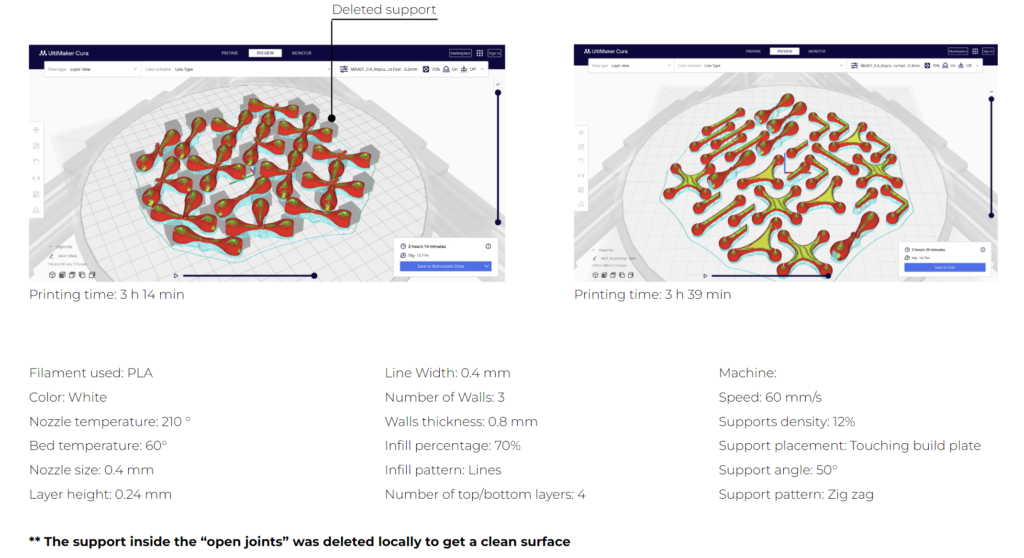
TYPE OF JOINTS
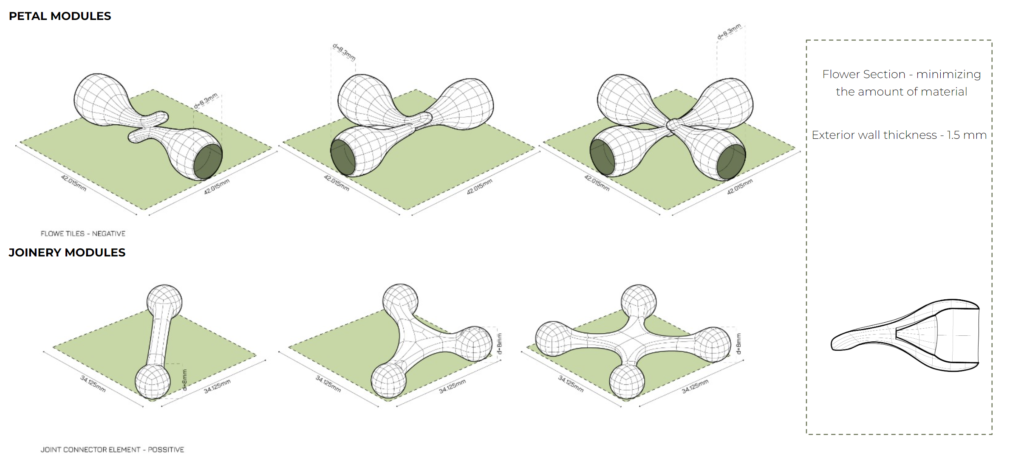
3D MODEL


FINAL PRODUCTION
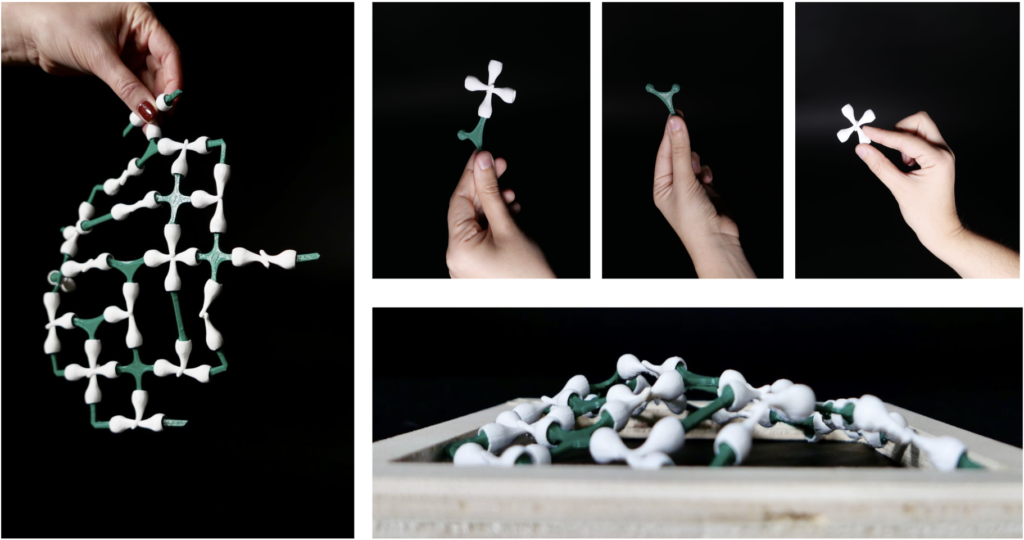
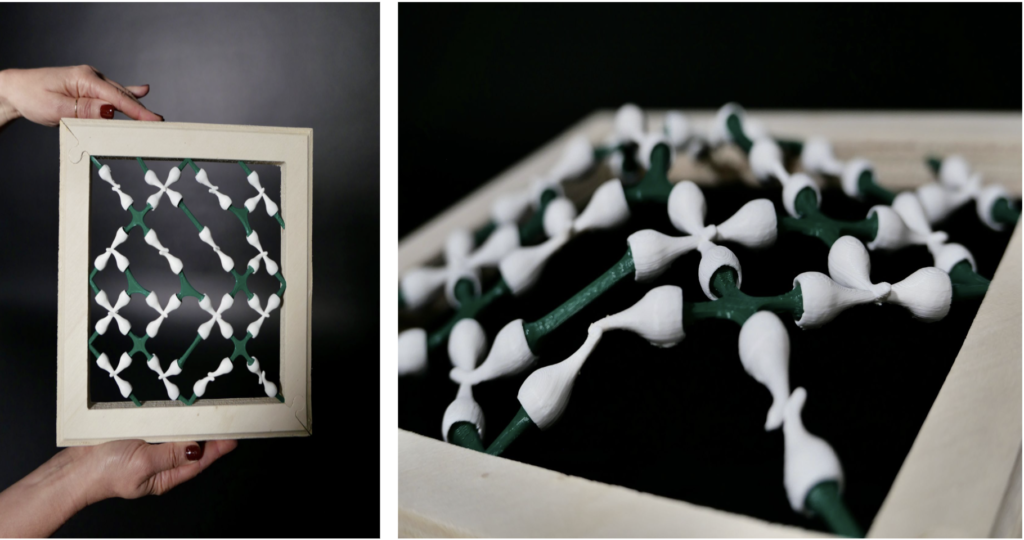
RENDER

Panot de Barcelona 03 – CNC MILLING
In our final design approach we were directly inspired by the interior facade of Casa Batlló, which then later led us to finding the first design of Panot de Gaudi, that is only present in interior buildings like Casa Mila. The very first design of the Panot de Gaudi is a hydraulic hexagonal mosaic in which spirals, flowers, and other elements come together through perfect geometric spirals. The complexity of this tile is what made Gaudi’s floor tiles stand out, since back in the day little attention was paid to the level of detail of pavement and street sidewalks.
CONCEPT

TECHNICAL DRAWINGS

PRODUCTION CALCULATIONS
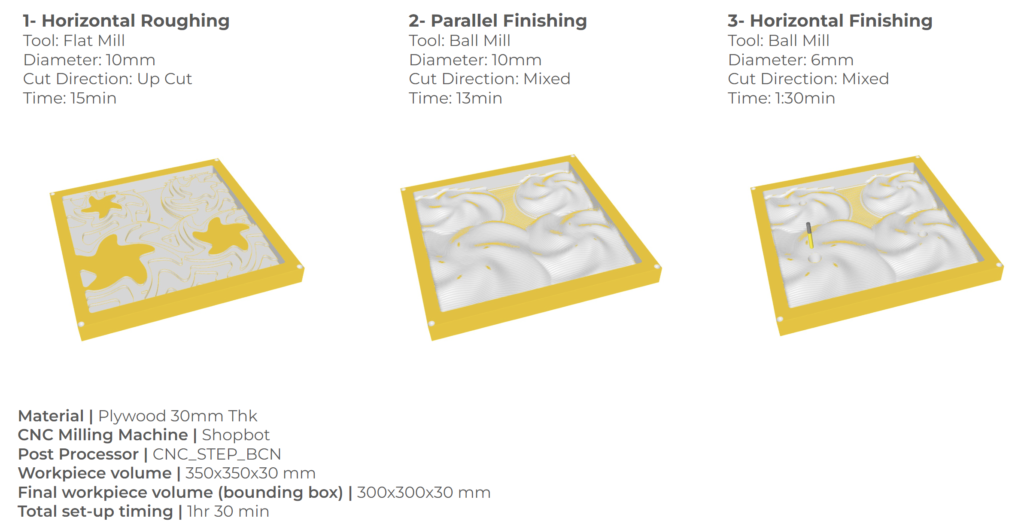

3D MODEL

MODULES MULTIPLICATION
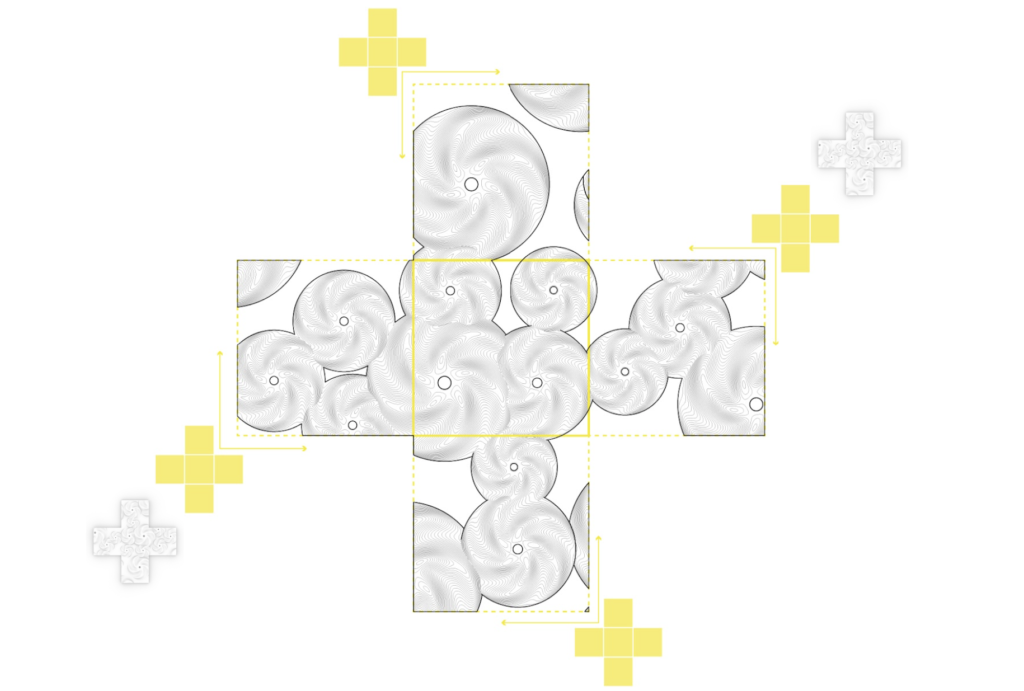
VERTICAL ELEMENT_MODULES MULTIPLICATION

FABRICATION PROCESS


PROTOTYPE _ FINAL PRODUCT
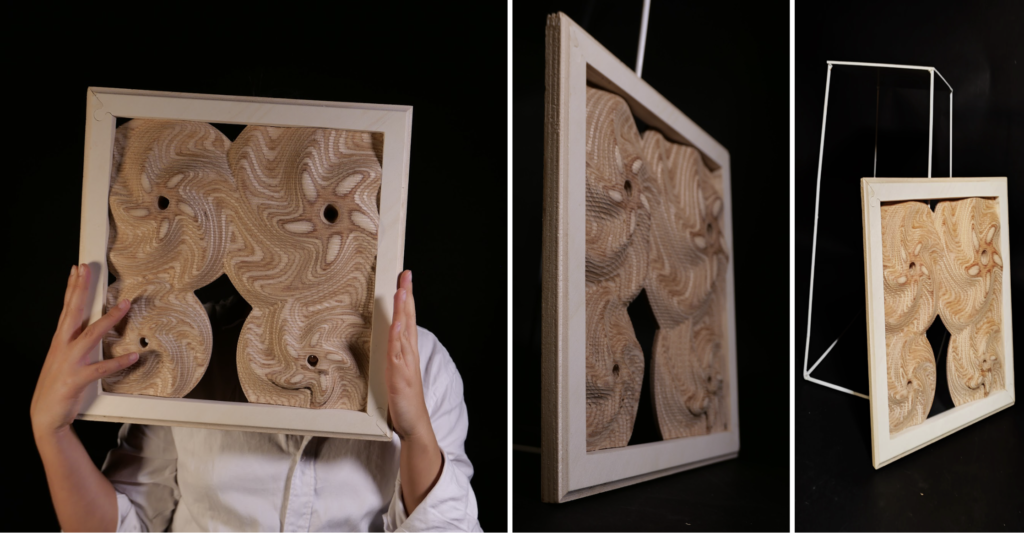
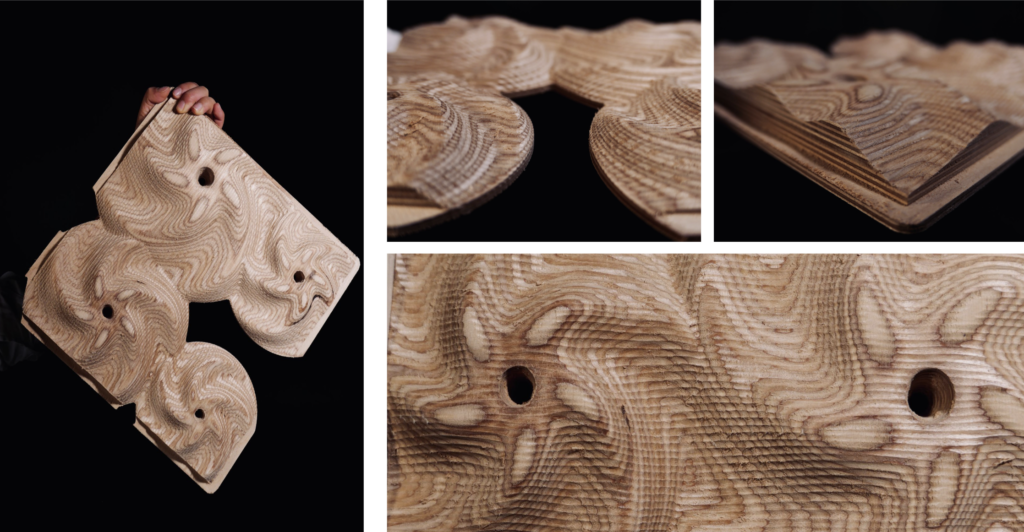
RENDER


